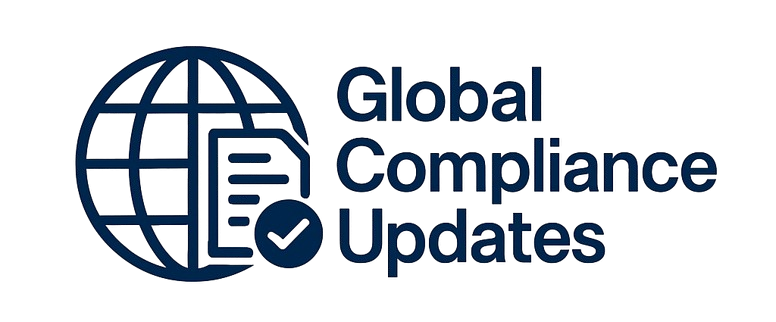While highlighting the unique challenges in evaluating succession planning and talent management programs, this training program will summarize important models to guide participants in the same. The webinar will also explore best practices for evaluating succession planning and talent management.
WHY SHOULD YOU ATTEND?
When organizations launch succession planning and talent management programs, the organizers are often asked to find ways to evaluate those programs. But evaluating talent management and succession planning programs is not the same as evaluating training and development programs. New approaches must be explored. There is no such thing as one approach that can be installed; rather, organizational leaders must think through what they want and how to measure it. This webinar will analyze these measures and offer participants the best practices for evaluating succession planning and talent management.
AREA COVERED
- How is evaluating succession planning and talent management different from, and similar to, evaluating training?
- What models and metrics can guide the evaluation of succession planning and talent management?
- What metrics are most important in evaluating succession planning and talent management?
- What are the best practices for evaluating succession planning and talent management?
- What is the future of evaluating succession planning and talent management?
LEARNING OBJECTIVES
- Explain unique challenges in evaluating succession planning and talent management programs
- Summarize important models to guide approaches to evaluate succession planning and talent management programs
- Use common and important metrics used to evaluate succession planning and talent management
- Best practices for evaluating succession planning and talent management
- Offer predictions for the future of succession planning and talent management evaluation
WHO WILL BENEFIT?
- HR practitioners
- Training and development practitioners
- OD practitioners
- Operating managers who care about succession planning/talent management
When organizations launch succession planning and talent management programs, the organizers are often asked to find ways to evaluate those programs. But evaluating talent management and succession planning programs is not the same as evaluating training and development programs. New approaches must be explored. There is no such thing as one approach that can be installed; rather, organizational leaders must think through what they want and how to measure it. This webinar will analyze these measures and offer participants the best practices for evaluating succession planning and talent management.
- How is evaluating succession planning and talent management different from, and similar to, evaluating training?
- What models and metrics can guide the evaluation of succession planning and talent management?
- What metrics are most important in evaluating succession planning and talent management?
- What are the best practices for evaluating succession planning and talent management?
- What is the future of evaluating succession planning and talent management?
- Explain unique challenges in evaluating succession planning and talent management programs
- Summarize important models to guide approaches to evaluate succession planning and talent management programs
- Use common and important metrics used to evaluate succession planning and talent management
- Best practices for evaluating succession planning and talent management
- Offer predictions for the future of succession planning and talent management evaluation
- HR practitioners
- Training and development practitioners
- OD practitioners
- Operating managers who care about succession planning/talent management
Speaker Profile
 William J. Rothwell
William J. Rothwell
William J. Rothwell, PhD, DBA, SPHR, SHRM-SCP, CPTD Fellow, RODC, FLMI is a Distinguished Professor in theWorkforce Education and Development program in the Department of Learning and Performance Systems at thePennsylvania State University, University Park campus.Work ExperienceDr. Rothwell worked full-time in human resources, training and Organization Development in both government (Illinois Office of Auditor General) and in a multinational company (American Brands, #48 on the Fortune 500 list) from 1979 until he joined Penn State University as a professor to head up a graduate program in Human Resource Development/Organization Development He has been a consultant for …
Upcoming Webinars

ChatGPT and Project Management: Leveraging AI for Project M…

Workplace Investigations 101: How to Conduct your Investiga…

Project Management for administrative professionals

The Monte Carlo Simulations in Excel for Risky Investments

Onboarding is NOT Orientation - How to Improve the New Empl…

Dealing With Difficult People: At Work & In Life

Transform Data into Insights: A Beginners Guide to Excel Pi…

Construction Lending And Real Credit Administration: Evalua…

Understanding Accounting for non - Accounting professionals

Harassment, Bullying, Gossip, Confrontational and Disruptiv…

New Form 1099 Reporting Requirements: 2025 Compliance Update

Human Error Reduction Techniques for Floor Supervisors

HR Metrics and Analytics 2025 - Update on Strategic Plannin…

Treating Employees Like Adults: Discipline versus Empowerme…

7 Ways To Beat Burnout: Without Quitting Your Job


How to Write Procedures to Avoid Human Errors

Handbook Overhaul 2026: Compliance, OBBB Act & Beyond

FDA Proposes Framework to Advance Credibility of AI Models

Ethical Terminations: Navigating Employee Exits with Legal …

Understanding EBITDA – Definition, Formula & Calculation

Project Management for Non-Project Managers - Scheduling yo…

4-Hour Virtual Seminar on Hidden Secrets of Selling & Marke…

Validation Statistics for Non-Statisticians

Data Integrity and Privacy: Compliance with 21 CFR Part 11,…


The Alphabet Soup: When the FMLA, ADA, COBRA, and Workers' …

Talent Management: How to Leverage AI and ChatGPT Tools for…


Offboarding with Care: Conducting Legal & Ethical Employee …

2-Hour Virtual Seminar on How to Conduct an Internal Harass…

Payments Fraud Detect & Prevent Check, ACH and P-Card Schem…

Managing Toxic & Other Employees Who have Attitude Issues



Reduce Stress in the Workplace: Effective Ways to Handle Co…





Excel - Pivot Tables - The Key To Modern Data Analysis and …
